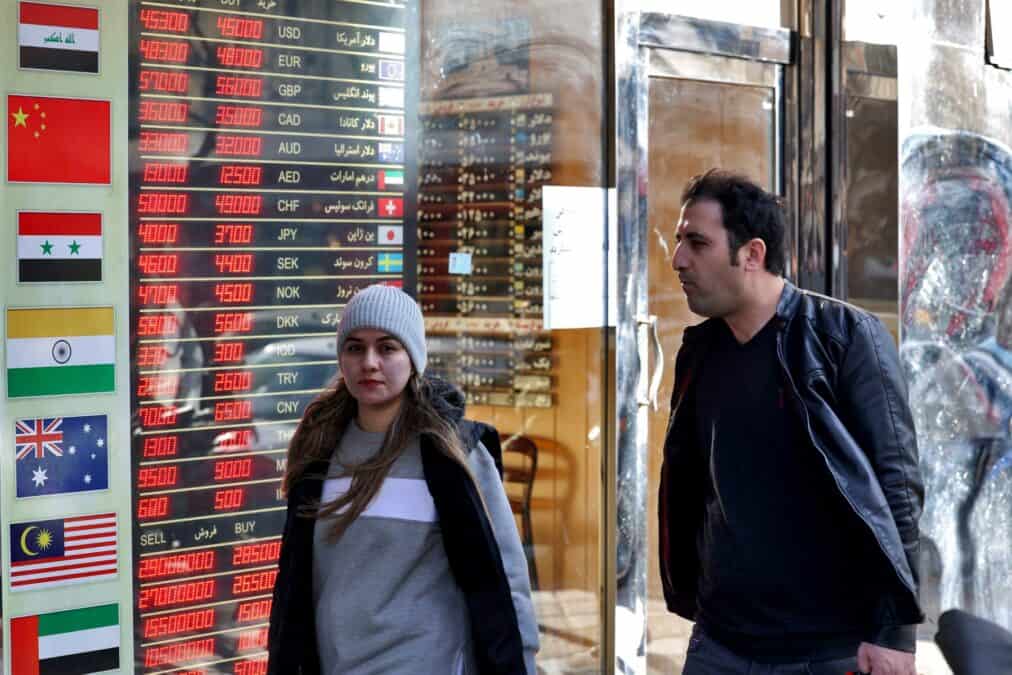RIYADH, SAUDI ARABIA — During Q1 2023, the currencies of six Arab nations experienced declines, while another six saw their currencies rise.
The Lebanese pound and the Egyptian pound suffered the most significant drops against the US dollar, plummeting 90 percent and 19.6 percent respectively. Conversely, the Moroccan dirham and the Mauritanian ouguiya emerged as the top performers, with increases of 7.7 percent and 7.5 percent respectively.
The depreciation of the Lebanese and Egyptian currencies can be attributed to economic challenges in both countries, compounded by the strengthening of the US dollar.
As reported by Saudi Al-Eqtisadiah newspaper, Lebanon slashed its official currency rate by 90 percent in Q1 2023, causing the dollar to soar to 15,000 Lebanese pounds, a stark contrast to the previous rate of 1,507 pounds that had endured for 25 years. The unofficial parallel market rate has reportedly exceeded 100,000 pounds.
The value of the Egyptian pound has been negatively impacted by the economic turmoil resulting from the ongoing Russian-Ukrainian war. As a major importer of grain and energy, Egypt has been hit by surging prices due to the conflict. The official market rate of the US dollar now hovers around 30.7 Egyptian pounds, while the parallel market rate is approximately 35 pounds.
Other affected currencies include the Somali shilling, which fell 0.6 percent, and the Kuwaiti dinar and Sudanese pound, both of which experienced a 0.3 percent decline. The Yemeni rial also dipped by 0.2 percent. Meanwhile, the Comorian franc, Tunisian dinar, and Libyan and Algerian dinars saw increases of 2.2 percent, 1.4 percent, and 0.8 percent each.

This report is based on official market exchange rates, but it is worth noting that many Arab currencies are experiencing more pronounced declines in the parallel market. The majority of Arab currencies remained relatively stable, apart from Kuwait, due to their links to the US dollar.
The rising dollar has also benefited Gulf currencies, excluding the Kuwaiti dinar, which have seen corresponding increases due to their ties to the US currency.
The depreciation of global and Arab currencies against the dollar underscores the greenback’s ascendance as a result of worldwide interest rate hikes aimed at combating inflation triggered by the Russian-Ukrainian war and ongoing supply chain disruptions.
Furthermore, the considerable monetary easing observed during the COVID-19 pandemic has led to increased demand for the US dollar as a safe haven asset, compared to alternative investment vehicles such as stocks, gold, and other currencies.








